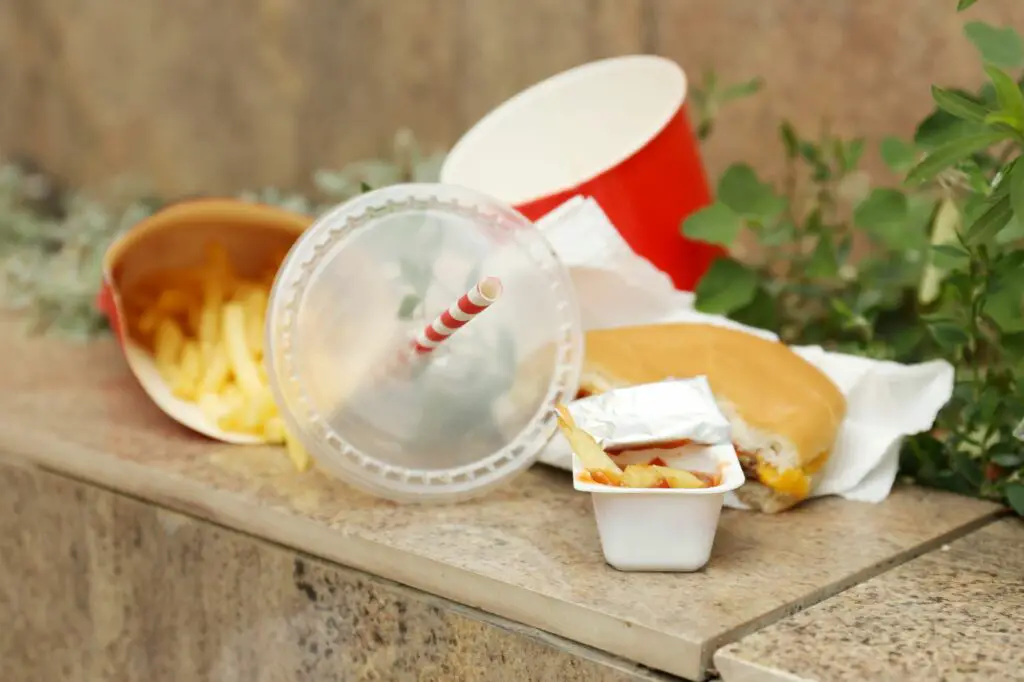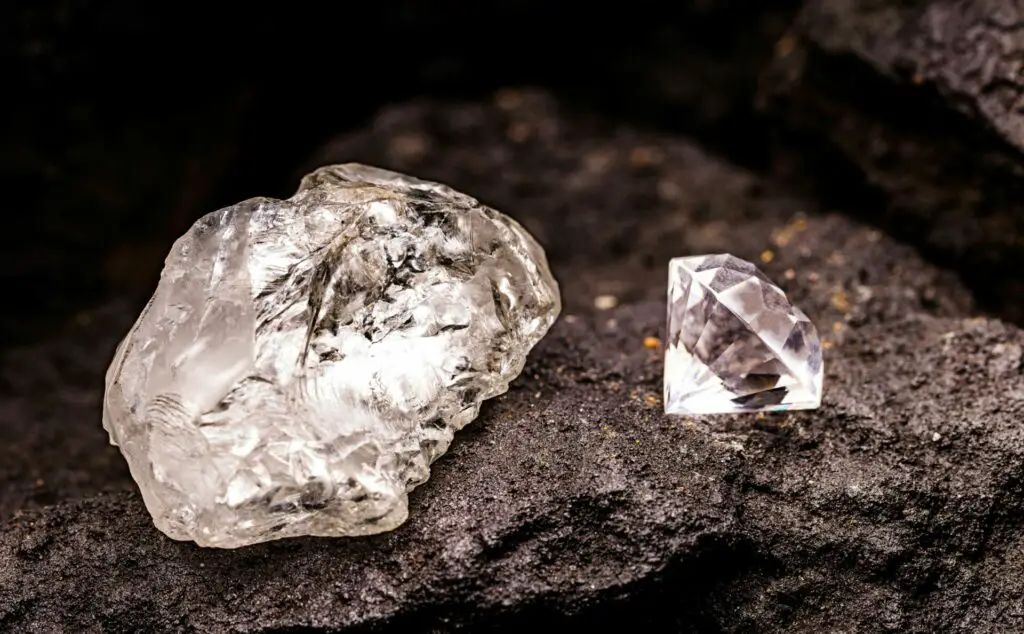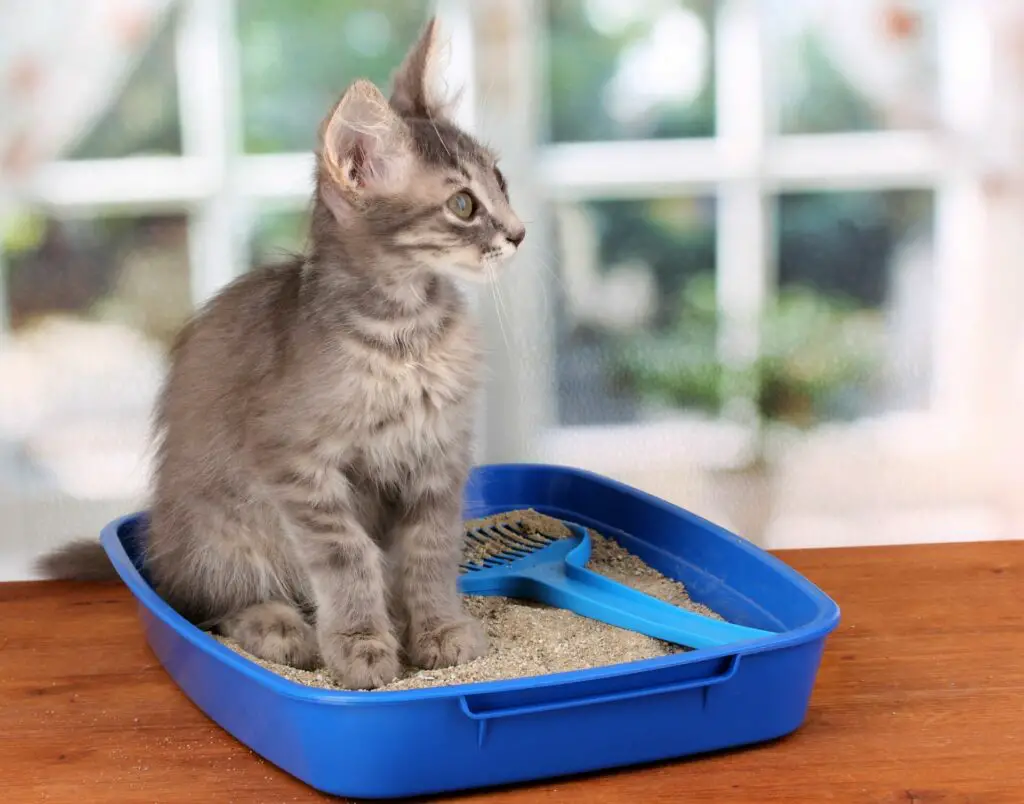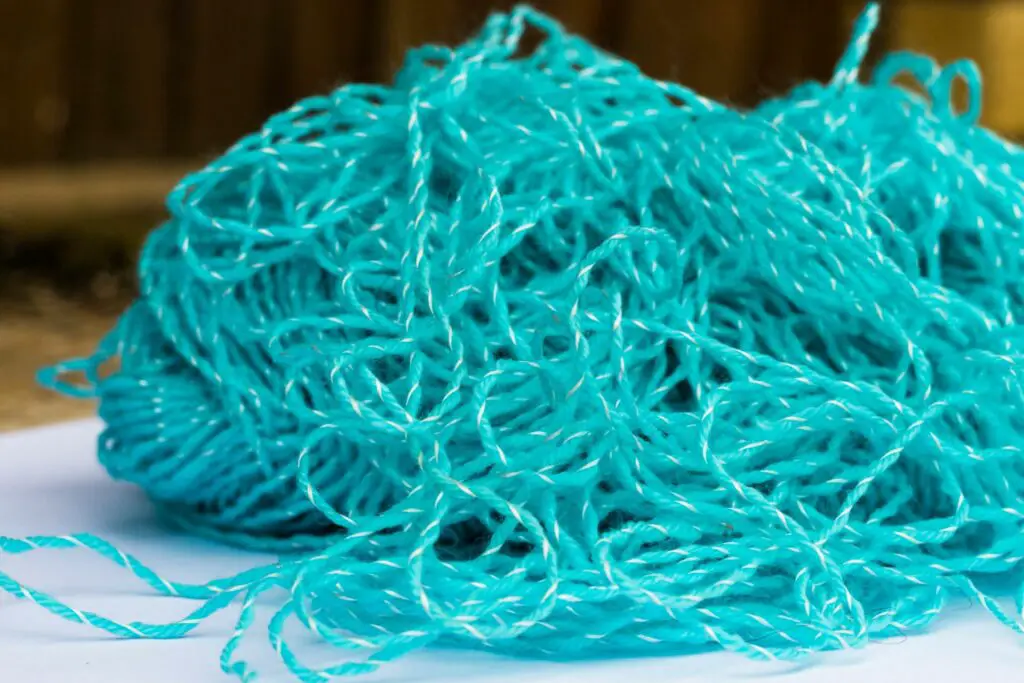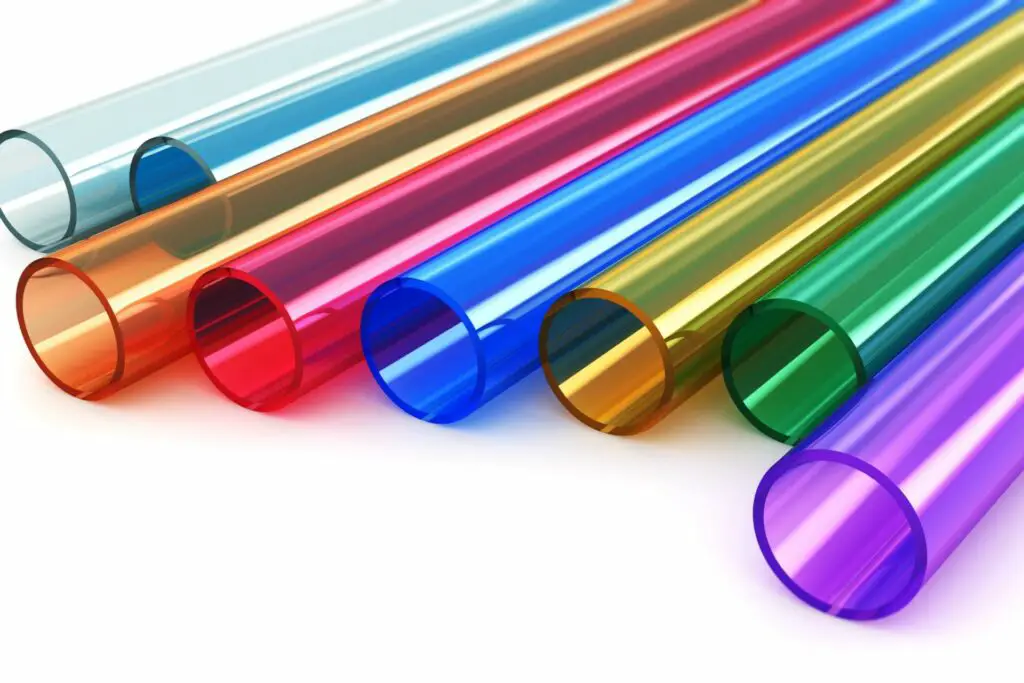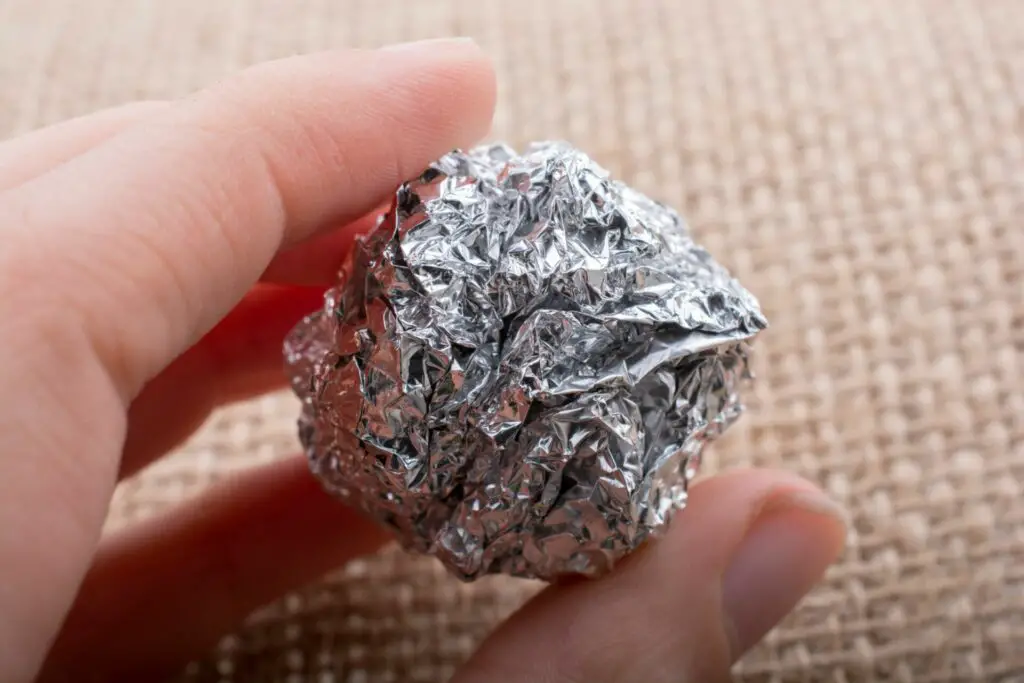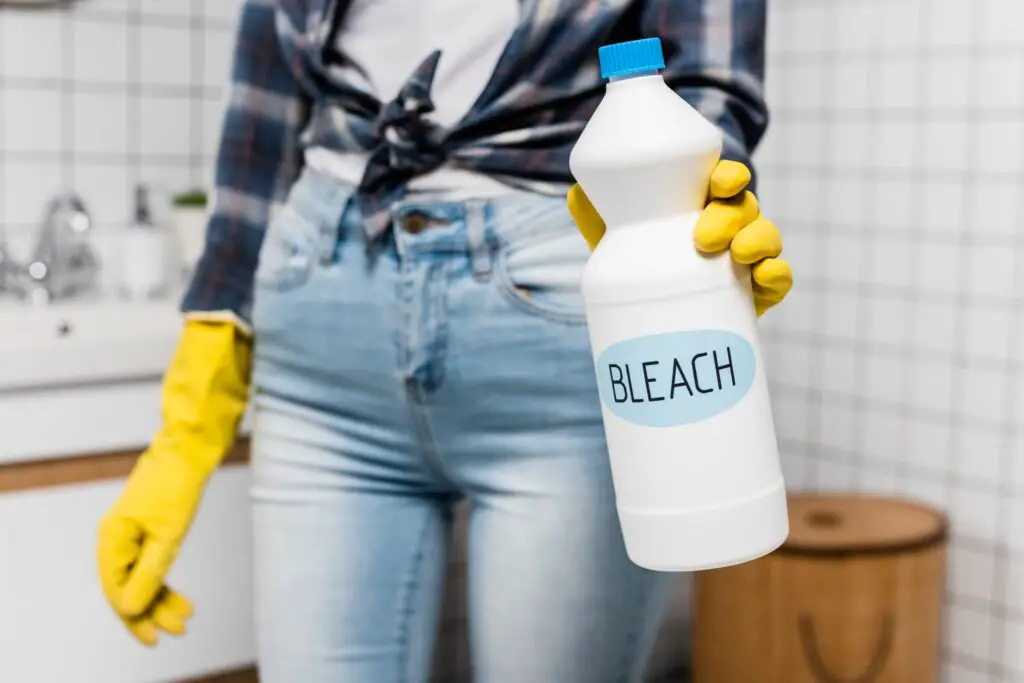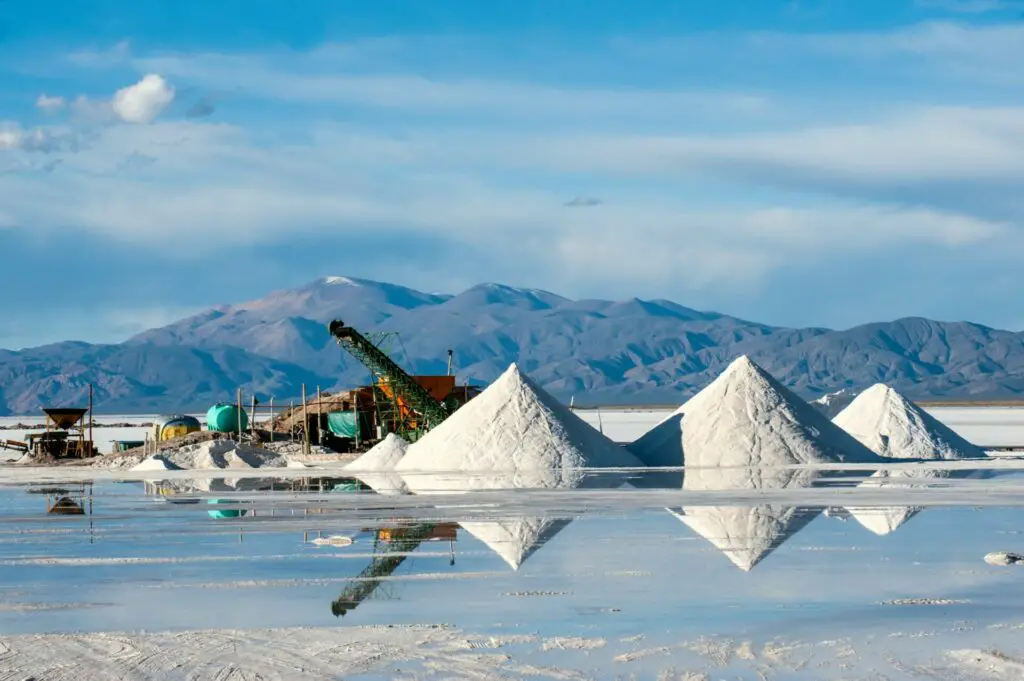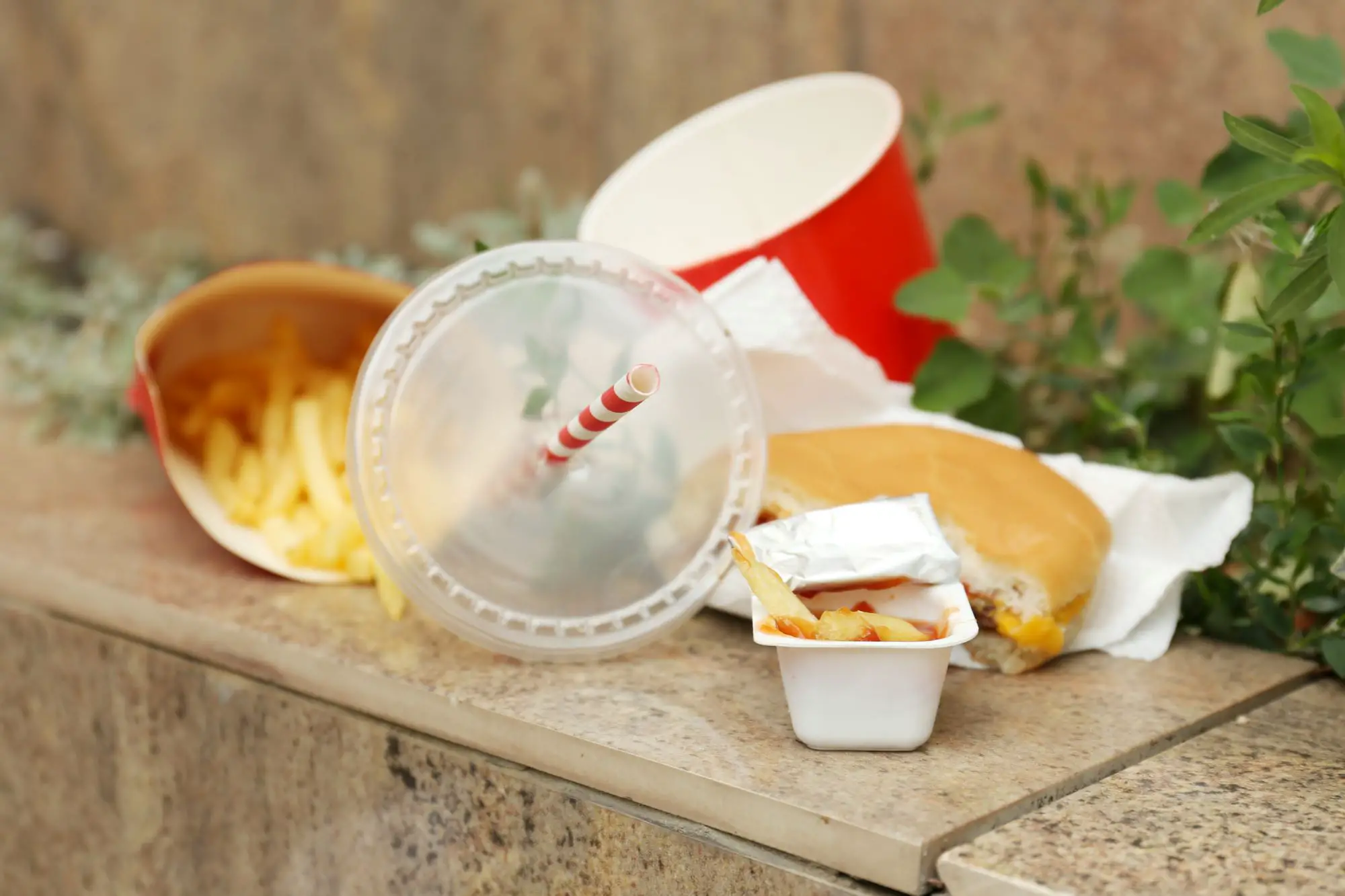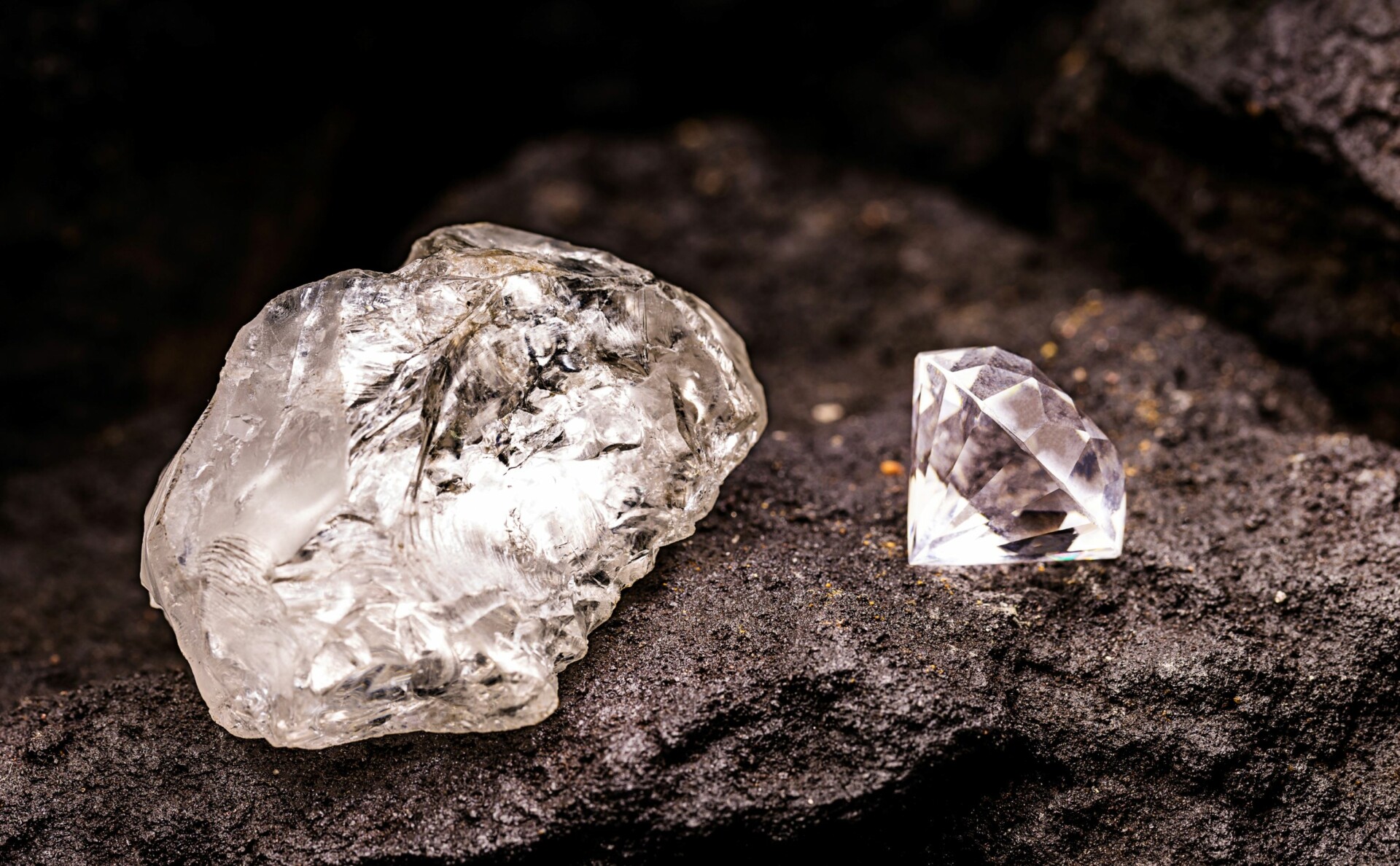There are so many different kinds of hangers available that it can be hard to determine what the most eco-friendly choice is.
You ideally want a hanger that will last a long-time, but there is so much else to consider when weighing up sustainability.
Generally, velvet hangers are great for a long-lasting hanger to minimize waste, but how these hangers are usually produced can be problematic.
1. What Are Velvet Hangers Made Of?
Velvet hangers are typically made from plastic, velvet and a wire hook.
The inner hanger is sturdy plastic, which is covered in velvet.
2. Are Velvet Hangers Bad for the Environment?
As mentioned above, velvet hangers typically contain plastic.
Velvet is rarely made from pure silk these days. More often than not, it contains plastic.
While synthetic fabrics do not use as much water or land as natural materials like cotton, they are not biodegradable.
Furthermore, synthetic fabrics containing plastic require fossil fuel, which is linked with emissions and environmental damage.
Clothing stores typically do not display their clothes on velvet hangers. You will usually find them on wire hangers or plastic hangers.
Hangers are essentially a single-use item when it comes to shopping. Approximately 85% of hangers produced could end up in landfills.
So, the greener thing to do is ask stores if you can keep the hangers your clothing was on and use those instead of purchasing new hangers.
As aesthetically pleasing as velvet hangers are, they still use up resources to be made.
3. Are Velvet Hangers Recyclable?
Velvet hangers are not recyclable. The velvet cannot be removed from the plastic.
If you did manage to separate the velvet and plastic hanger without damaging either of them, the velvet is not recyclable.
As plastic hangers are usually made of different kinds of plastic, they are difficult to recycle in the US. Meanwhile, an initiative in the UK to recycle hangers is only open to standard plastic hangers.
Even if the hangers are made from polystyrene alone, this plastic is not recycled widely across the US, UK, and European countries.
4. Are Velvet Hangers Reusable?
Velvet hangers can be reused for a long time.
As wire hangers can be weak and flimsy, velvet hangers may be more durable as they cannot bend out of shape. So, in this sense, velvet hangers will have a longer life span.
Even if they end up in landfills, they may not be dumped as quickly as plastic or wire hangers are.
The downside, compared to wooden hangers and even plain plastic hangers, is they can gather dust and dirt over time.
Some people may decide to get new ones if they think their hangers look dusty – especially if it is transferring onto clothing.
Dust your hangers regularly to try to get them to last as long as possible.
5. Are Velvet Hangers Biodegradable?
Velvet is made from silk, cotton, or synthetic fibers (learn more about velvet here).
While pure silk and cotton are biodegradable, velvet is not due to synthetic fibers. The plastic interior is also not biodegradable.
You can also find velvet containing nylon or polyester which are not biodegradable.
Although rayon is a man-made plant-based material and is biodegradable in its pure form, it would be difficult to separate the rayon from non-biodegradable materials in velvet hangers.
It’s incredibly rare to find velvet made from only natural materials, so generally speaking, it is a synthetic material and therefore not biodegradable.
Even if you did find natural velvet, creating synthetic dyes can cause air and water pollution.
6. Are Velvet Hangers Sustainable?
Velvet hangers are not sustainable.
Silk is considered a sustainable fabric. It is a natural, renewable resource that biodegrades.
Velvet used to be made from pure silk, but today, it is mostly made from synthetic materials like polyester and nylon.
Unlike polyester and nylon, despite being man-made, rayon is still plant-based since it comes from cellulose from wood pulp or other plants.
Synthetic fabrics and plastic are not sustainable. Since plastic is derived from petroleum, this is a finite resource.
Emissions are released as the oil is extracted in the first place, then again as it is being manufactured to make plastic.
With that said, if you already own velvet hangers, the most sustainable thing you can do is to hold onto them – rather than buying a new, seemingly eco-friendly product.
Most green products still use resources and energy during the manufacturing process, while your old hangers could end up in landfills.
7. Are Velvet Hangers Toxic?
Velvet itself is not toxic, nor is the plastic interior, as it does not contact your clothing, but some fabric dyes may be.
Many textile dyes can easily end up in the ocean and bodies of water. These dyes can disrupt plant growth, disturb wildlife and even end up back in the food chain.
Usually, velvet hangers do not stain your clothing. However, if you hang your clothes up while they’re still damp, then some dye may transfer.
The dye from your hanger – as well as existing dye in your clothing – can contribute to water pollution.
8. Are Velvet Hangers Better Than Plastic Hangers?
From an environmental stance, plastic hangers are marginally better than velvet hangers.
Although it is rare for plastic hangers to be recycled, it is not impossible to do so.
In terms of quality, velvet hangers may be more durable and, by extension, last longer.
With that said, lots of plastic hangers are sturdy, too – but the quality can vary a lot.
9. Are Velvet Hangers Better Than Wood Hangers?
On the one hand, wood is a renewable, biodegradable, natural resource, whereas plastics and velvet are synthetic materials, with plastic being derived from petroleum.
So, as a material, wood is more eco-friendly than plastic and velvet.
However, wooden hangers are actually not much greener than velvet hangers. They cannot be recycled as the wood is almost always treated with varnish.
Solvent-based wood stains have also been linked with volatile organic compounds (VOCs). These compounds can cause air pollution and adverse health effects.
Wooden hangers are more durable than velvet hangers as they cannot bend out of shape nor be broken as easily.
Wooden hangers are more likely to have a longer life cycle than velvet hangers, wire hangers, and plastic hangers because they will not bend out of shape or snap.
10. How to Dispose of Velvet Hangers Properly
The best way to dispose of velvet hangers is to give them a new life.
Charity shops may accept donations of velvet hangers to display their merchandise.
If you cannot donate your hangers, they will need to go in the regular bin as they cannot be recycled or composted.
11. Are There Eco-Friendly Alternatives to Velvet Hangers?
Bamboo hangers are a good eco-friendly alternative to velvet hangers.
Bamboo is a renewable resource and grows considerably faster than wood. In fact, some kinds of bamboo can even grow an inch within 40-minutes.
Bamboo is typically biodegradable, but like wood, varnish and stains can impact whether this is actually the case.
There are also moves to make more sustainable hangers from cardboard, which may be too fragile for some people.
Bioplastic hangers are another green option. Bioplastic hangers are biodegradable in the right conditions.
Bioplastics also generate less greenhouse gases than regular plastic.
However, approach bioplastics with caution, as not every city will have the infrastructure to break them down, and some can even result in more pollution.
You Might Also Like…
- Is Fast Food Bad for the Environment? (& What You Can Do)
- Is Fabric Softener Bad for the Environment? (+5 Eco-Friendly Options)
- Is Fuel Dumping Bad for the Environment? (& How Often It Happens)
- Is Electricity Generation Bad for the Environment? (What You Should Know)
- Is Dry Cleaning Bad for the Environment? (4 Surprising Facts)
- Is Diamond Mining Bad for the Environment? (Important Facts)
- Is DEET Bad for the Environment? 4 Effects (You Should Know)
- Is Cat Litter Bad for the Environment? (5 Common Questions)
- Is Burning Cardboard Bad for the Environment? (6 Facts)
- Is Burning Paper Bad for the Environment? (6 Surprising Facts)
- Is Burning Leaves Bad for the Environment? (7 Quick Facts)
- 4 Natural Cleaners for Quartz Countertops
- 6 Eco-Friendly Acrylic Paint Brands (For Sustainable Artists)
- 5 Eco-friendly Alternatives to Acrylic Paint (& How to Make Them)
- Is Acrylic Paint Bad for the Environment? (7 Quick Facts)
- Is Acrylic Yarn Bad for the Environment? 8 Crucial Facts
- Is Acrylic Bad for the Environment? (8 Quick Facts)
- Is Aluminum Foil Bad for the Environment? 7 Quick Facts
- Is Bleach Bad for the Environment? 6 Crucial Facts
- Is Lithium Mining Bad for the Environment? 6 Crucial Facts


